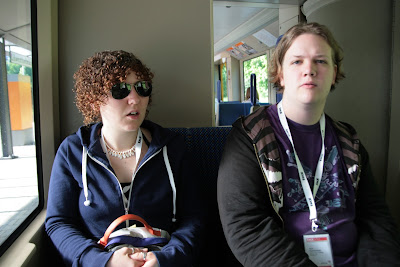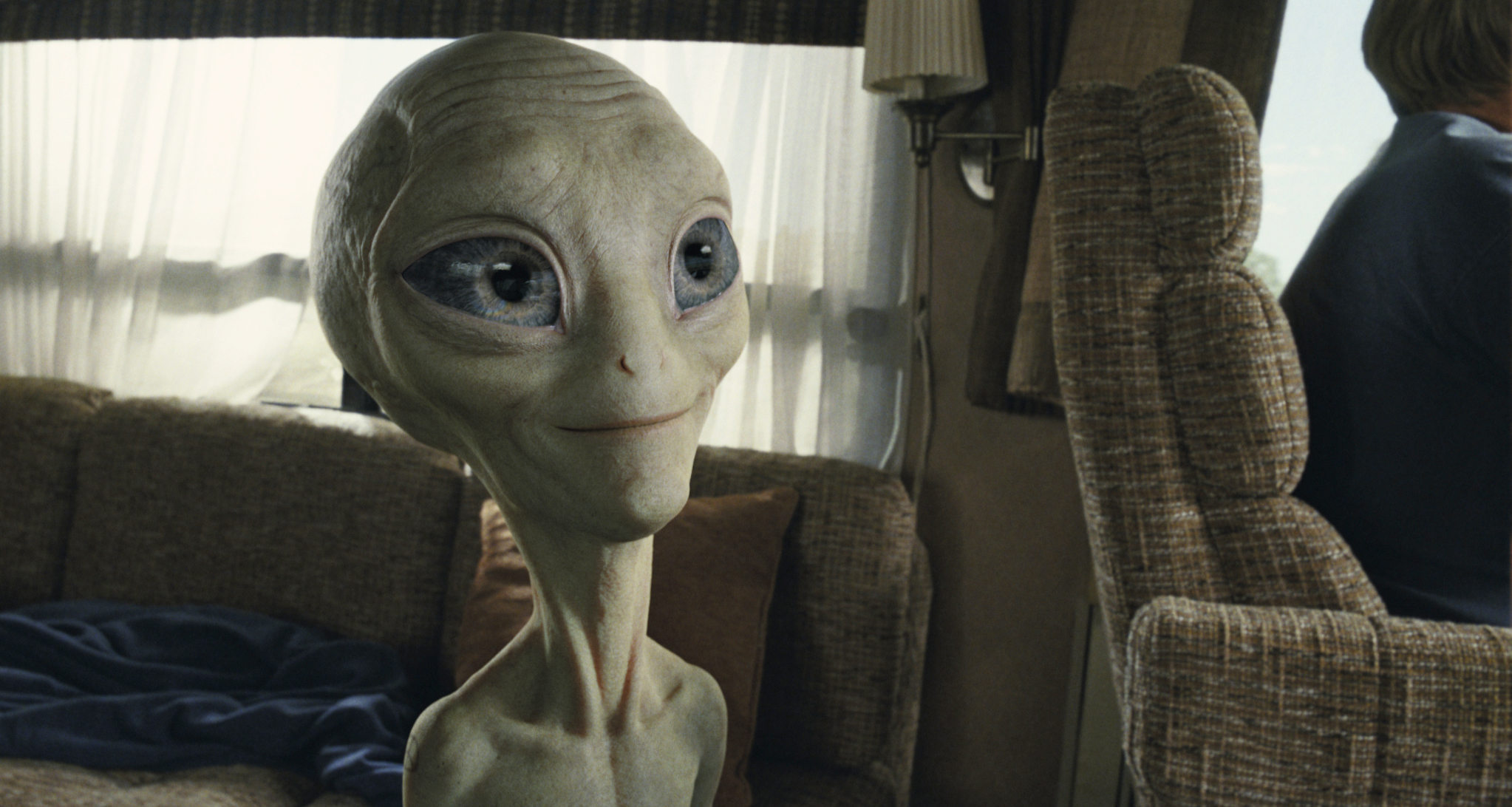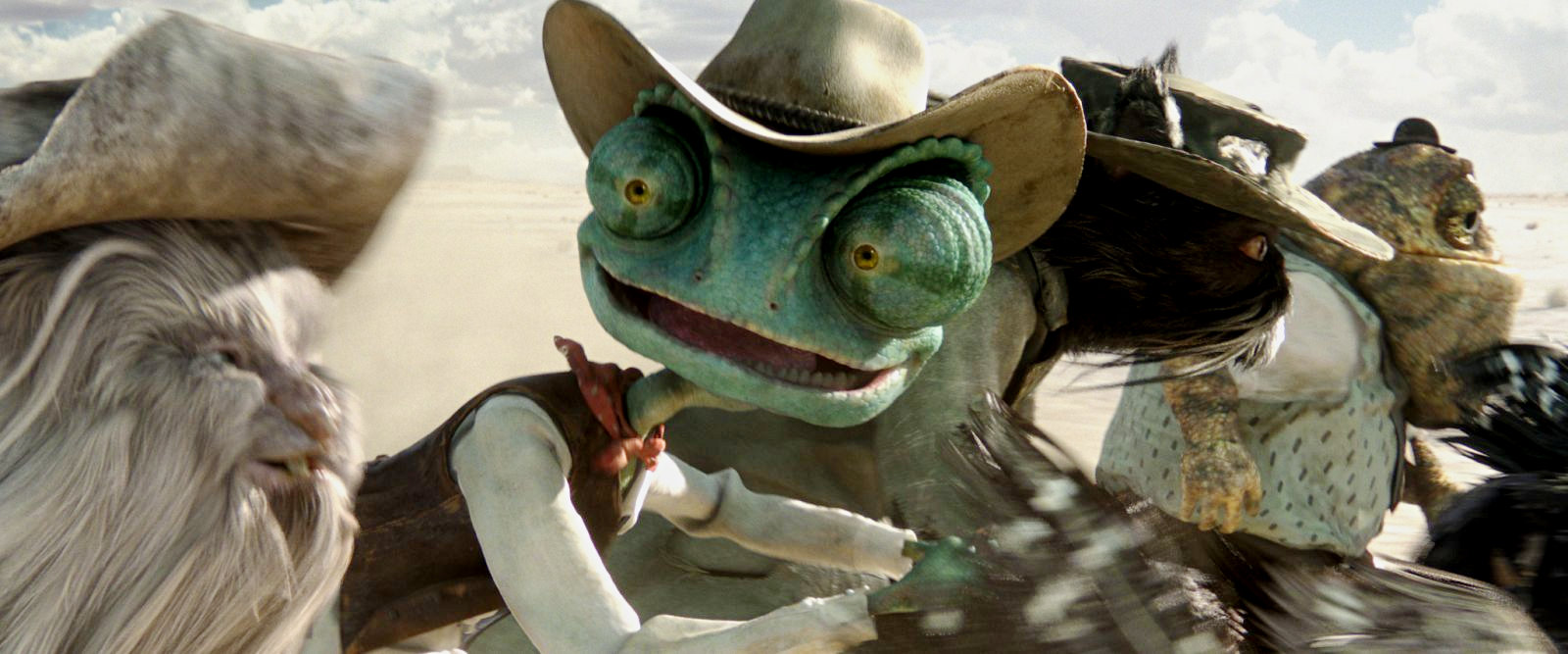So the brief is to pitch an idea for an animated/film/TV series/game to our peers and some industry practitioners, the focus being to hone our pitching skills and communicate our ideas in a concise and engaging manner, whilst allowing our enthusiasm to shine through. Me, Hugh and Dan have teamed up again for, I think, the first time since the WHAT! project at the end of the first year, seems to be an annual thing.
A quick overview of our idea:
Its a videogame, released episodically, telling the intertwining tales of 6 characters during the great fire of London in 1666. As the player takes on the role of each character playing through adventure and action moments set in the open world of 17th century London- their actions and choices effect the other characters in subsequent episodes. In this way the player crafts a unique path through the story that will adapt and shift in profound ways. That's the basic gist of it I'll go into much, much more detail when I have more to show because this idea has me really excited and some of the stuff we've come up with would take a bit of explaining.
Essentially I have got very caught up in the idea itself whilst perhaps neglecting the actual pitching side of things. I would give a summary of our pitch plan but I don't want to spoil any surprises because with my fantastic public speaking skills we're going to need the element of surprise on our side, along with some luck and a completely epic concept to pitch. We've made a habit of getting our inspiration out and about, jotting things down in our notebooks over a meal in Falmouth town, one such pitch meeting was held over a full English breakfast followed by pancakes, nothing empowers unbridled creativity like bananas and caramel!
 |
| Initial beard, no eyes. |
 |
| Correct shader for Sun & Sky |
 |
| Final Gather render glitch of the gods |
 |
| New eyes, no textures for iris or pupils yet |
 |
| Looks like a wetsuit, sigh... |
Literature Review III
Henry Jenkins'
Game Design as Narrative Architecture From First Person
(Cambridge: The MIT Press, 2002.)
Henry Jenkins' essay alludes to some of the comparisons he draws between game narrative and spacial design even in the title, using the phrase narrative architecture. In this way he lays the foundations for his exploration of the ways storytelling in videogames differs, as well as borrows from, other narrative based media with a particular focus on, but not limited to, film.
The author begins by creating context for his argument, listing a series of quotes from his contemporaries in videogame theory, criticism, and design. He specifically draws from the opinions of a group who believe that games should be studied solely by their mechanics and systems, the procedural and interactive attributes that separate them from other media. They are labelled ludologists, a term coined by Ernest Adams. He stresses the importance of his neutrality between this group and the narratologists and takes the time to establish common ground with “some points where we might all agree” (Jenkins, 2002: 119). Here Jenkins makes the first of his many references to different media theories, though I feel he doesn't make these connections as explicit to the reader as he could have. “I understand what these writers are arguing against- various attempts to map traditional narrative structures […] onto games at the expense of an attention to their specificity as an emerging form of entertainment.” (2002: 118) This passage seems to make reference to the concept of medium specificity, and how it appears many critics and theorists under the ludologist label feel that this aspect of videogame study is being neglected in favour of outdated or irrelevant media or hypertext theory.
In order to encompass Jenkins' proposed methods of “spacial stories and environmental storytelling” (2002: 121) he attempts to expand the definition of narrative beyond a series of plot based events and into a broader understanding of story that uses theorist Kristen Thompson's work as a basis for this expansion: “Russian formalist critics make a useful distinction between plot (or Syuzhet) […] and story (or Fabula) which refers to the viewer's mental construction of the chronology of those events.” (2002: 126) This leads him smoothly into his explanations of techniques for storytelling in videogames that range from weaving the storytelling into the environment, to placing items that players can extract story from in a detective like manner. These two techniques are missed opportunities where Jenkins could be analysing the use of mis-en-scene to enhance atmosphere.
One point of contention that resurfaces a number of times throughout the essay is the conflict between player intent and authorial intent. “Game critics often note that the player's participation poses a potential threat to the narrative construction” (2002: 125). One interesting style of narrative Jenkins' appraises is emergent narrative, the story that the player crafts as they play. For example in The Sims (Maxis, 2000), Jenkins cites Murray's prognostications of “procedural authorship” (2002: 129) as allowing this most malleable form of narrative to be somewhat controlled, but ultimately providing no more than the foundations for the player's narrative architecture. Not only does this immerse the player in the story, it provides them with a great feeling of agency as they execute the story just as they imagine it. Jenkins could afford to better stress how neatly this side steps the conflicting needs of authorial intent and player freedom and agency, but otherwise he explores this avenue of narrative well, throughout the essay he finds a middle ground on which make his stand for narrative gaming which is, while broad, convincing and well reasoned.
Pixel Propaganda
This film came out of Siggraph 2010 I think, but it was only last week they finally released the full film online after its festival tour. Apparently they have been receiving job offers left right and centre after this film was released but declined all in favour of starting their own company of the back of this new found interest from the industry. Another example of the importance of our third year films I suppose. Its so gorgeous, uses some node based dynamics called ICE in Softimage I believe but I have no idea, I just read some stuff about it.
Loom from Polynoid on Vimeo.
Whilst getting Noel's skin shader just right I kept coming across this fantastic tutorial on mental ray's 'simple skin shader' in Maya, its a great in-depth look at setting up the shader's many parameters but written in very comprehensible language. Also L.A Noire came out this week, but I'll save that for another post.






























